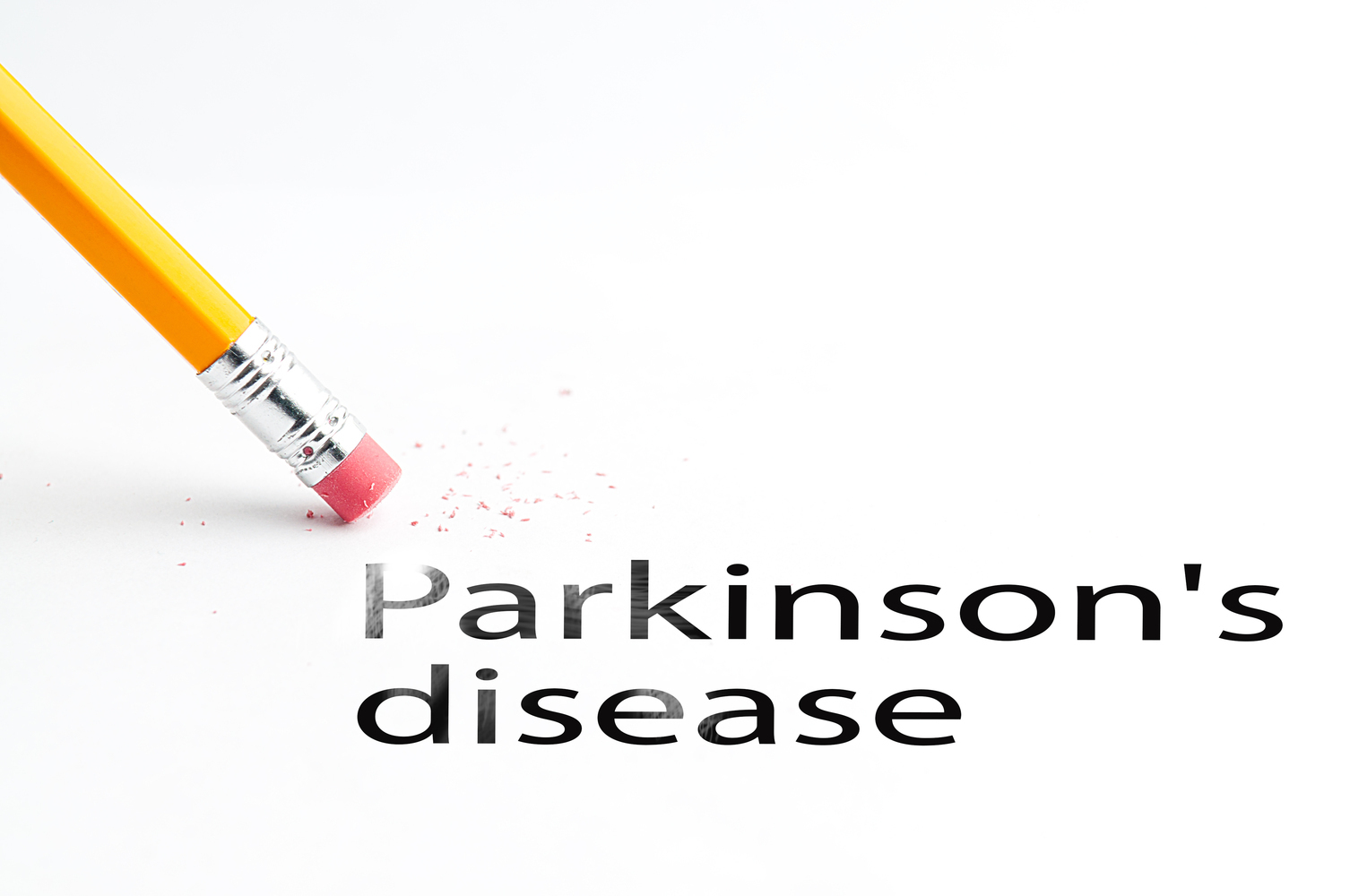
5 Warning Signs of Medication Induced Parkinson’s
Medication induced Parkinson’s can usually be reversed after withdrawing the drug that is causing it to occur. While the Austedo xr Choreahd medication cost and Ingrezza xr HdChorea medication cost can be high, these may not be necessary if the affected individual is able to stop taking the causative medication. Therefore, Parkinson’s medication may not be prescribed. Austedo medication for pd may cause medication induced Parkinson’s in patients with Huntington’s disease or tardive dyskinesia, proving how important it is to look into the side effects of prescribed medications. Here are five warning signs of medication induced Parkinson’s to keep an eye out for:
1. Gait disturbance
Individuals with medication induced Parkinson’s may experience gait disturbance. This is otherwise known as any divergence from regular walking or gait. Shuffling, smaller steps, and slower, stiffer walking are all examples of this
2. Resting tremors
The tremors that those with medication induced Parkinson’s undergo are resting tremors, not action or postural tremors. Resting tremors are identified as occurring while the body is at rest and stopping once the body resumes activity. These tremors commonly occur in the feet, jaw, fingers, and hands
3. Affecting both sides of the body
One major warning sign of medication induced Parkinson’s is having both sides of the body be equally affected by symptoms. This is often the case, while Parkinson’s disease almost always affects one side of the body more than the other (asymmetric). Thus, if you or your loved one is experiencing symptoms on both sides of the body, you may have medication induced Parkinson’s
4. Lack of non-motor symptoms
While Parkinson’s typically involves several non-motor symptoms such as a loss of smell, sleep disorders, depression, and more, medication induced Parkinson’s typically only involves motor based symptoms. These symptoms can include a resting tremor, gait disturbance, and more.
5. Bradykinesia
The slowness of speed and movement (bradykinesia) can be observed in those with medication induced Parkinson’s. However, just like with resting tremors and gait disturbance, bradykinesia can also be observed in those with Parkinson’s. It’s important, then, to use the symptoms exclusive to medication induced Parkinson’s (symmetry and only motor symptoms) in combination with these overlapping symptoms to determine whether or not a person has medication induced Parkinson’s.


